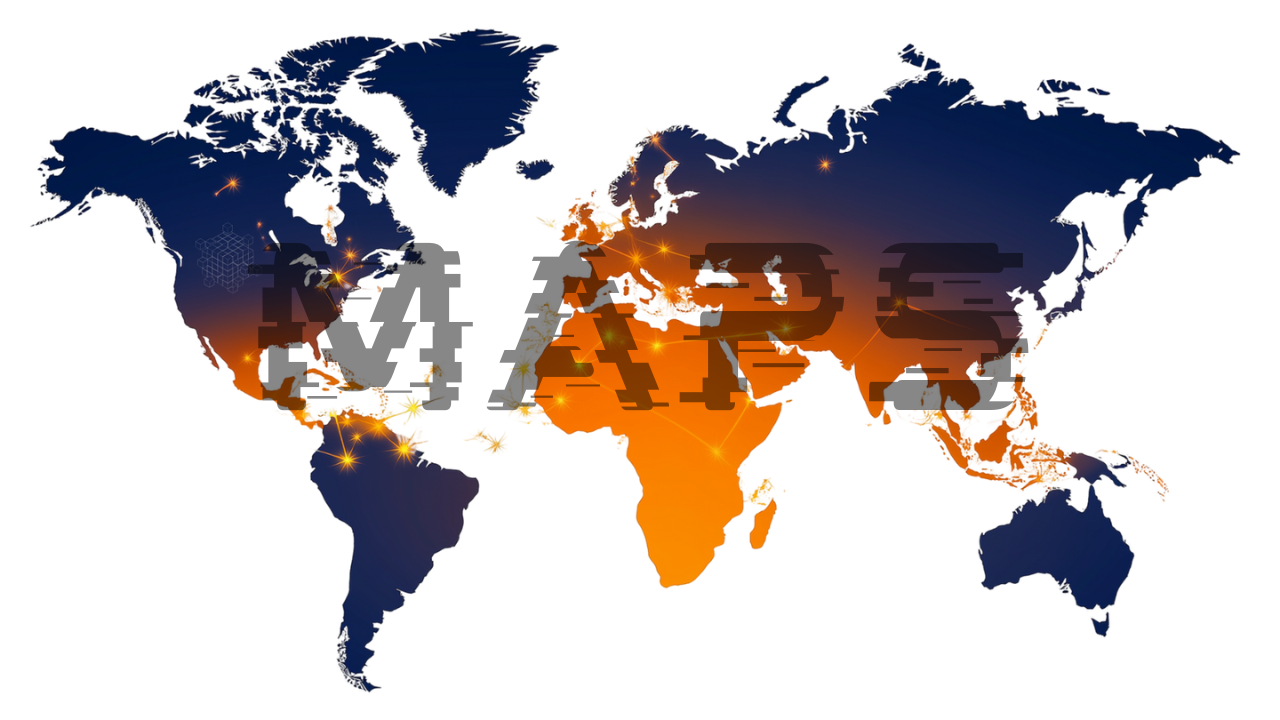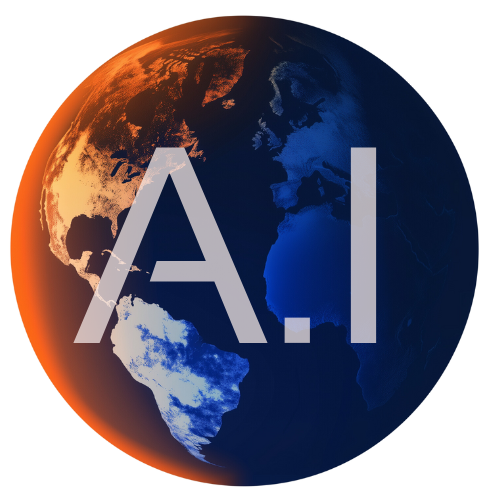MAPS: A Streamlined Framework for Generative AI in International Higher Education
A quick, visual guide to designing prompts that are clear, culturally attuned and compliant — without the cognitive load of longer frameworks.

The MAPS Framework
Run every AI request through these four filters before you press ‘generate’.
- What outcome do we want?
- How does it serve our strategy?
- What format & length?
- Who will use this?
- Which languages & reading level?
- What tone & cultural norms?
- Local customs & partner expectations
- Time‑zones, calendars, MoUs
- Regulations & logistics
- Accuracy & source checks
- Inclusivity & accessibility
- Privacy & accountability
Worked Example & Quick Builder
Leeds → Warsaw, Spring 2026 — editable fields and a copy button for rapid reuse.
AI Across the International Student Life Cycle
Each stage benefits from AI — provided every prompt passes the MAPS filters.
AI‑enabled actions: Personalised offer letters, culturally adapted FAQs, arrival documentation guides.
- Clarify recruitment objectives.
- Prospective students and families across cultures and time‑zones.
- Brand tone, cultural communication styles, data protection, source/host‑country norms.
- Bias checks, data‑retention limits, accessibility reviews.
AI‑enabled actions: Multilingual chatbots, local‑area guides, interactive induction videos.
- Smooth arrival and early engagement.
- New students, parents/guardians, support staff.
- Local customs, communication expectations, host‑country safety regulations, institutional policies.
- Review for stereotypes; ensure WCAG compliance.
AI‑enabled actions: Adaptive study‑skills tips, automated alerts, summarised policy updates.
- Support academic success.
- Current students (on‑campus & online) and tutors.
- Academic‑integrity rules, classroom expectations, accreditation standards, disability services.
- Transparent AI feedback; secure data handling.
AI‑enabled actions: Tailoured CV advice, local job‑market analytics, automated reference letters.
- Boost employability.
- Final‑year students and employers.
- International labour‑market data, employer expectations, alumni policy.
- Validate information; obtain consent for data use.
AI‑enabled actions: Re‑entry guides, sentiment analysis, curated alumni newsletters.
- Maintain lifelong engagement.
- Graduates worldwide.
- Privacy law, cross‑border marketing rules, alumni‑engagement norms.
- Unsubscribe options; analytics neutrality.
Implementation Tips
Maintain a shared library for recruitment, TNE and student support. Keep formats, tone and safeguards consistent.
Run focused 20‑minute sessions on MAPS and responsible AI use. Encourage human review before publishing.
Invite staff to rate outputs, refine prompts and share top‑rated examples. Iterate and audit regularly.
References
- UNESCO (2023). Guidance for Generative AI in Education and Research.
- NAFSA / International Educator (2024). Articles on GenAI in global education and student support across time‑zones.
- Deloitte Insights (2023). How higher education can realise the potential of GenAI.
- EAIE (2024). Snapshot on international students and academic integrity in the age of GenAI.
- MIT Sloan EdTech (2023). Notes on AI hallucinations and bias mitigation.
For full citations, see the accompanying white paper.
